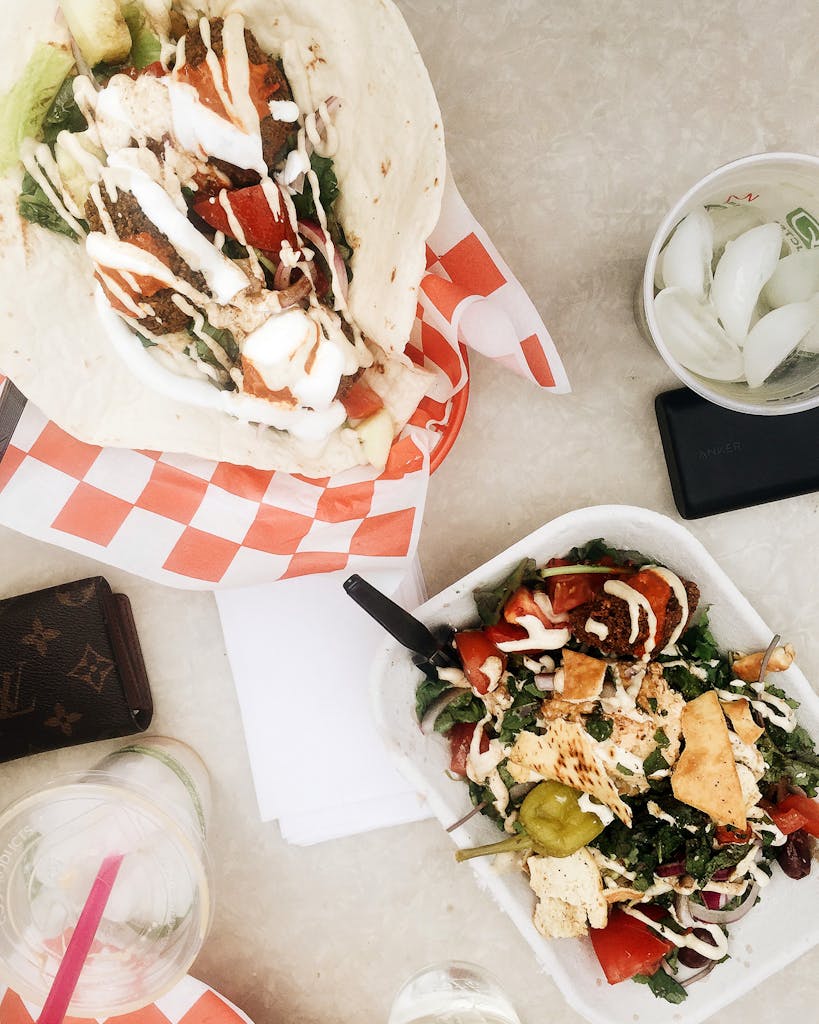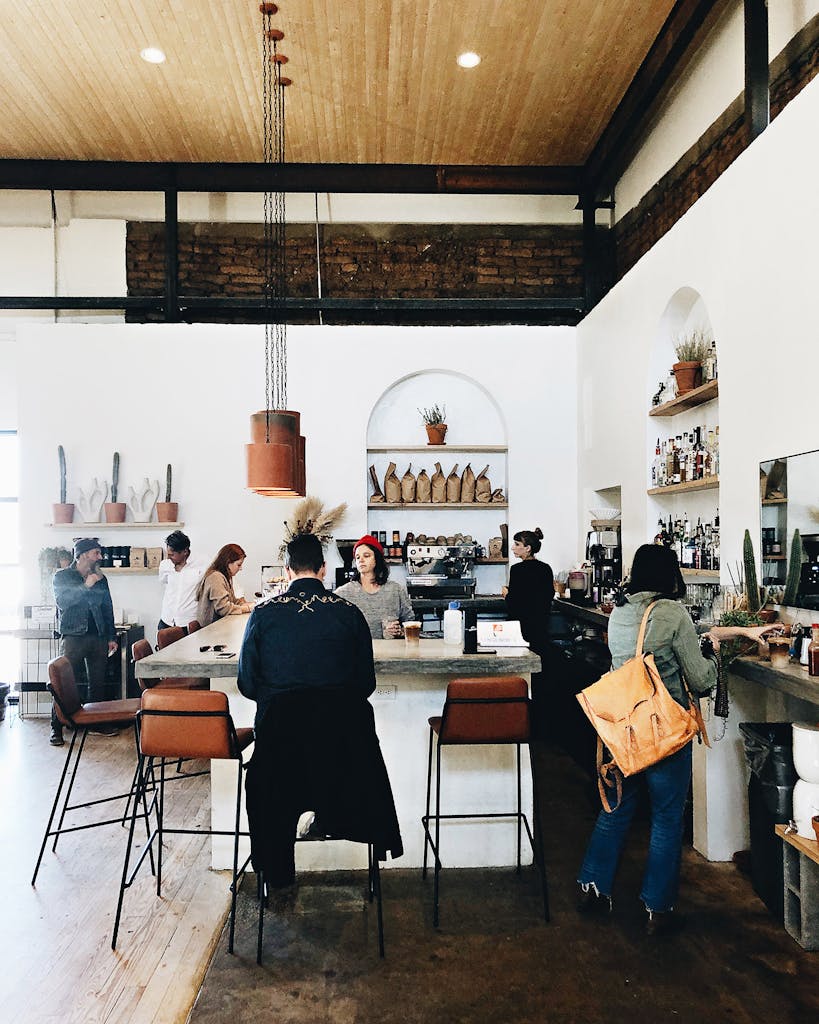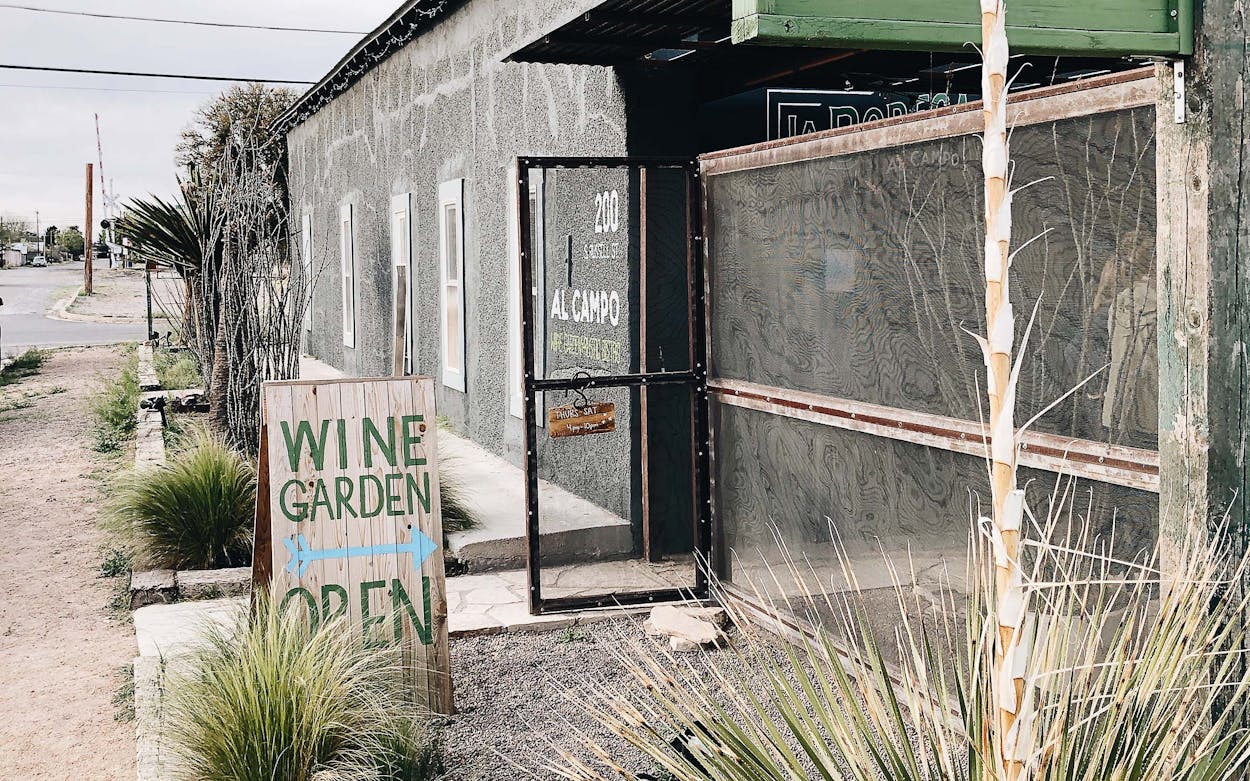As someone who chooses vacation destinations based largely on where I want to eat, I was disappointed when the pandemic ruled out a milestone birthday trip to Spain. For years, I had imagined myself feasting on pintxos and paella while guzzling sangria like a character out of The Sun Also Rises. When it became clear I would need to find a drivable substitute for any such adventure, my thoughts turned to Big Bend. I was impressed by Instagram posts showing off dramatic, almost vertical canyons, blooming cacti, and the Rio Grande winding through the Chisos Mountains— all of which transforms in color for one stunning hour each night, I soon learned. I contemplated the prospect of camping in the desert for the first time, and the luxury of gazing upon some of the brightest stars in the contiguous United States while holding a frosty beer.
When I finally decided on a road trip to Big Bend and the West Texas triangle, I was sure the Bunyan-esque beauty wouldn’t fail to dazzle me. But I was severely worried about what I would eat. Luckily, my fears of dining on Vienna sausages and Dairy Queen burgers every night were unfounded.
Instead, I encountered scratch-made Zacatecan food, a superb tasting menu by a James Beard semifinalist, and barbecue that rivals anything from my home base in Dallas—plus lots of beefed-up chili and chicken-fried steaks. For a hedonist like myself, who prefers a cold margarita and a good book to rock climbing and river rafting, Big Bend’s food scene was just as exciting as the nature around me.
If you’re coming from the east, all routes to Big Bend go through the one-horse town of Marathon, population 386. I had only snacked on the long, hypnotic road until this point, and at a long-awaited stop at Brick Vault Brewery & Barbecue, I felt as excited as a puppy about to get a treat. In his list of top new barbecue joints in 2019, our barbecue editor Daniel Vaughn recommends the sausage, brisket, and pork spareribs with a cream ale from the on-site nano-brewery. All good Texans like a juicy brisket sandwich, but a bite of the Vaquero, which was topped with snappy-skinned jalapeño cheddar sausage, was barbecue bliss.
I found a shot of espresso next door at the town general store, the French Co. Grocer, where there was also a small, but well-stocked deli case, canned wines, and locally made croissants and cinnamon rolls.
Next, I drove to Alpine, the home of Sul Ross State University and the largest medical center for miles. Downtown on Holland Avenue, I rapidly became immersed in far West Texas culture at Harry’s Tinaja, where “pickers” of all ages are invited to bring their guitars or strum one of the extras lying around. A sign at the door of the dive says the beers are “as cold as your ex’s heart,” and the drafts were indeed exceptionally cold.

For casual dining in Alpine, Cow Dog and El Jardín serve stellar bites out of retrofitted mobile homes. Cow Dog’s Hebrew National kosher franks are split lengthwise and, as the restaurant describes, “grilled to perfection and topped awesomely.” A basic hot dog with condiments only costs $4.50, but I splurged for a specialty dog for an extra $1.50: the original special and best-seller, the Mexican Dog, which comes with fresh pico, bacon, and shredded cheddar, and was inspired by a hot dog that co-owner Alan Vannoy once ate in La Paz, Mexico. I’m planning to go back for a Bad Dog with green chiles and sriracha, as well as an El Pastor with grilled pineapple and cilantro pesto.
At El Jardín, I met chef and owner Herminia Equihua, who makes excruciatingly good brisket gorditas by hand, along with fish tacos, enchiladas montadas in spicy tomatillo salsa, and, on some days, tacos de birria. All of Equihua’s recipes are adapted from her mother, who is from Zacatecas, Mexico. Order the tomato-red rice and refried beans with griddled jalapeños, which Equihua makes each morning before sunrise.
For dinner in Alpine, I made a reservation at the original Reata Restaurant for what the site terms “legendary Texas cuisine,” started by rancher Al Micallef in 1995 when he had “a hankerin’ for some really good food.” There’s a good reason chicken-fried steaks with peppered cream gravy and French-cut green beans were on nearly every table. The beans were fresh, the gravy was thick, and the fry on the steak was expertly done.
There isn’t much in the way of food in the small town of Fort Davis, but an ice cream float from the Fort Davis Drug Store’s 1950 vintage soda fountain was fun after a steep, perpendicular hike at Davis Mountains State Park. They’ll mix original flavors like root beer and cherry, or their specialty sodas like the prickly pear, with Blue Bell ice cream.
The former mining town of Terlingua also has a sprinkling of restaurants, but the one drawing the biggest crowd is the Starlight Theatre Restaurant & Saloon, where people of all ages lollygag and dillydally on the porch of a former movie theater. After picking up souvenirs at Terlingua Trading Company, I enjoyed a bowl of chili and a frozen prickly-pear margarita on the patio. Chili is taken seriously in this town, where for more than fifty years, “chiliheads” have gathered for the Terlingua Chili Cook-off. The menu described the bean-less chili as “award-winning,” and I could’ve easily eaten a second bowl of red.


Marfa is the pleasure-seeker’s capital of good eating in the West Texas desert. I relished my double dose of breakfasts at Do Your Thing, an artisanal coffee shop with thick sourdough toasts, and at Aster, a hideaway with fresh bagels, burgers on house brioche, and plates of rösti with generous portions of smoked salmon. (Both cafés had long lines, so I recommend ordering in advance.)
No restaurant captured the essence of Marfa quirk more than Food Shark, where at one time diners could eat in an old school bus. The bus and Food Shark’s original food truck are parked in front of the joint’s brick-and-mortar location, a house that looks like it was last updated in the ’70s. I had decent falafel (called “Marfalafel”) and excellent grilled lamb kebabs, all in what felt like a retro mise-en-scène decorated with vintage cars and broken TVs.
I fell in love with Para Llevar, opened last year by chef Seth Siegel-Gardner, who left his highly regarded Pass & Provisions in Houston for a “change of pace” in Marfa. Now, he makes wood-fired pizzas in a brick oven with pit-smoked meats. I knew I wouldn’t find pizza this good for hundreds of miles, so I spent extra time enjoying it on the patio with tart, grapefruit-passionfruit frosés to balance out the richness of the bread, cheese, and flavorsome meats.
I did more fine imbibing at The Sentinel, home of the Big Bend Sentinel and Presidio International newspapers, with gulpable ancho margaritas, and later at Al Campo Wine Garden with a short and simple—but very good—wine list. Before walking over to the highlight of my trip, I drank half a bottle of the Finca Nueva tempranillo crianza on the laid-back patio that has a folksy vibe at sunset when the patio lights come on.

When I say that food lovers should book an extra night in Marfa, it’s because of Cochineal. Don’t leave town without visiting the “casual fine dining” restaurant run by Alexandra Gates, one of last year’s James Beard nominees for the best chef in Texas. Her intent for Cochineal’s prix fixe dinners featuring local ingredients and wild-hunted proteins is to make guests feel like they are at “a long, leisurely, intimate dinner party; a celebration,” she says.
Gates’s menus often feature cuisines from central Europe and Switzerland, where her mother is from, but it felt like destiny that on the night I visited she was serving a Spanish menu with recipes from the LaTasca Tapas Trailer she opened ten years ago at South by Southwest. I felt grateful to be in Texas instead of Spain that night, thanks to wild boar albondigas in white wine–almond sauce with crisped sage and crusty bread, a farro salad with creamy, roasted-turmeric carrot-chèvre puree, and a generous slice of mesquite-grilled Texas Akaushi beef with salbitxada, the Catalonian version of barbecue sauce.
The early courses were paired with an Andalusian cocktail, the rebujito, mixed with fino sherry, sweet vermouth, and Topo Chico. Later, I drank Texan tempranillos served alongside Spanish Rioja reservas, the perfect mix of home and abroad. For an indoorswoman like me, this meal is what convinced me that Big Bend is exactly what the National Park Service calls it: Texas’s gift to the nation.
- More About:
- Marfa
- Fort Davis
- Big Bend
- Alpine






